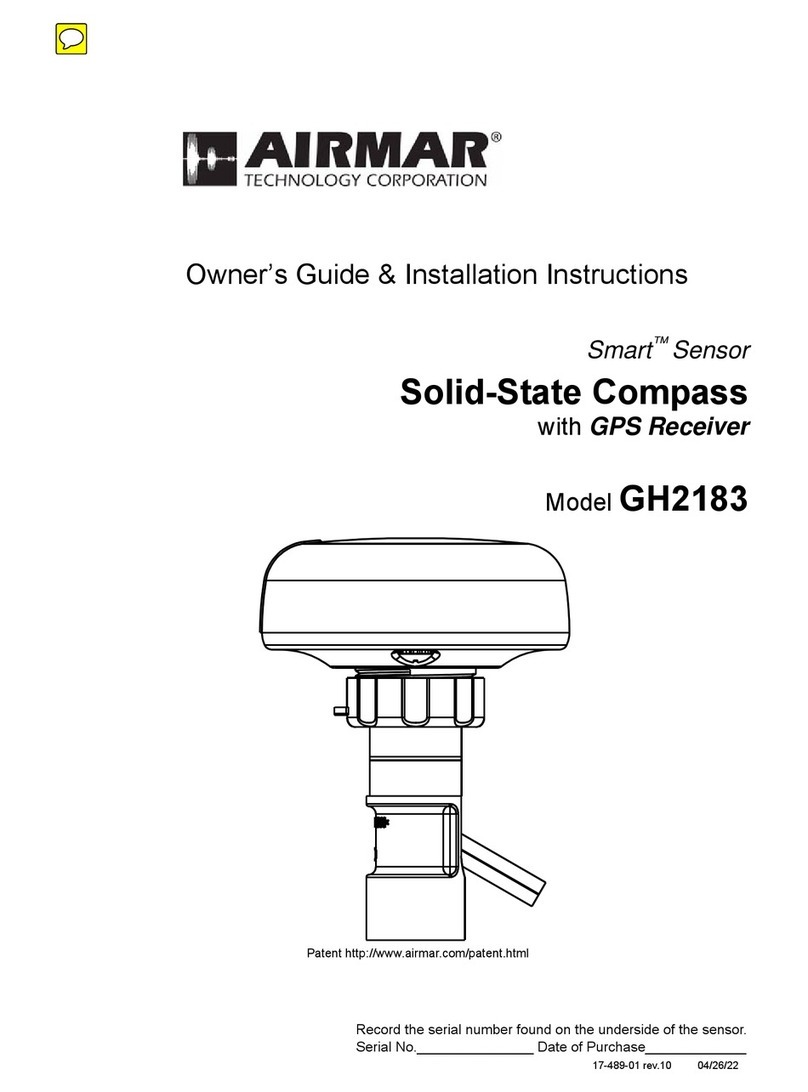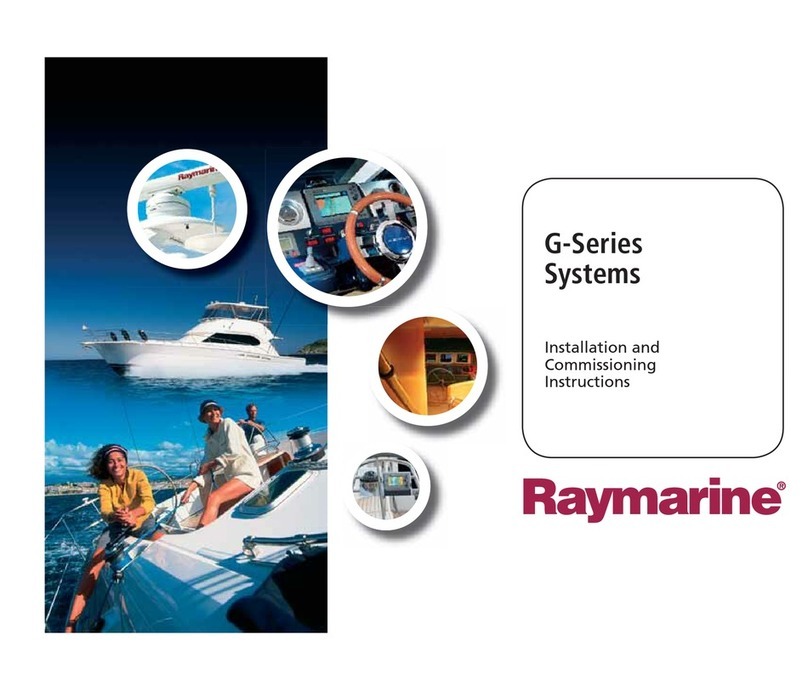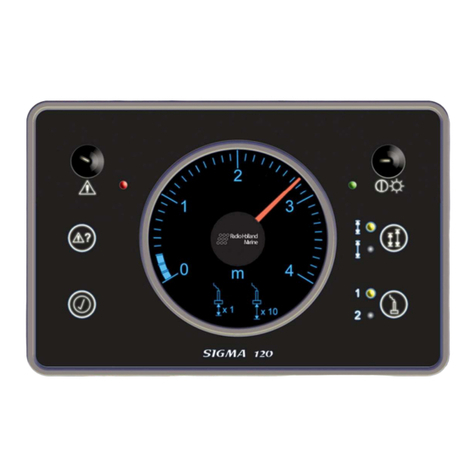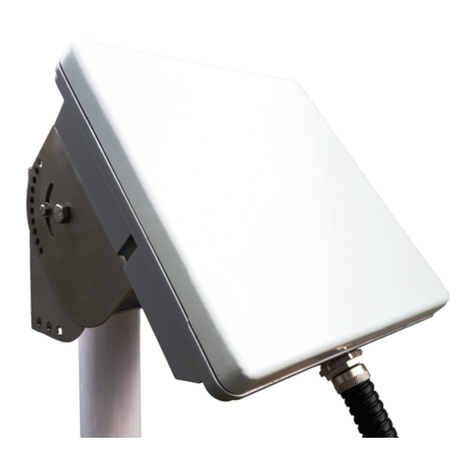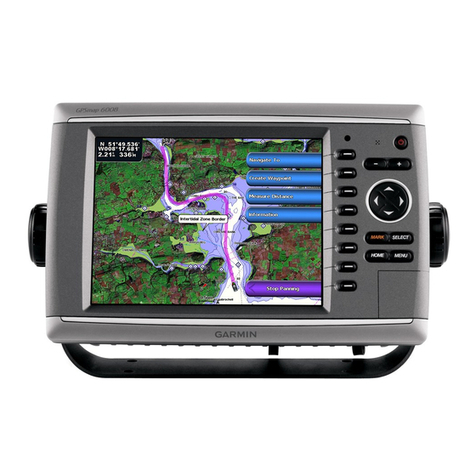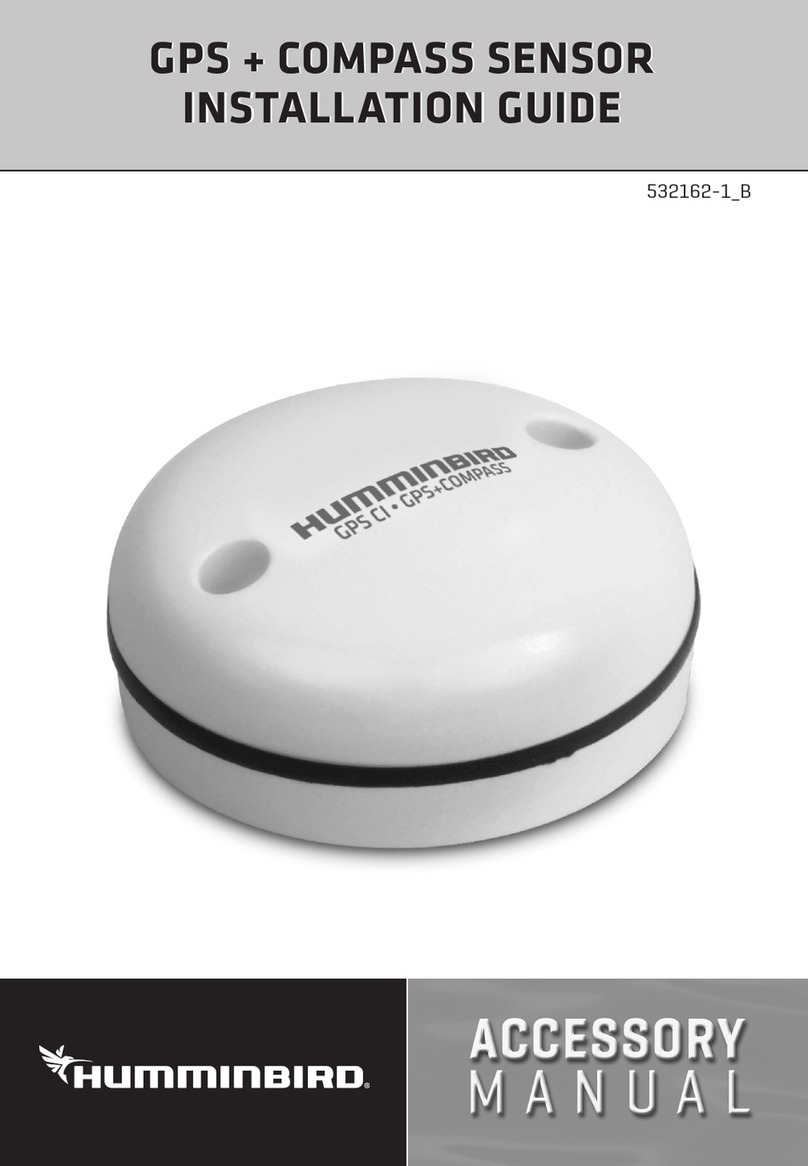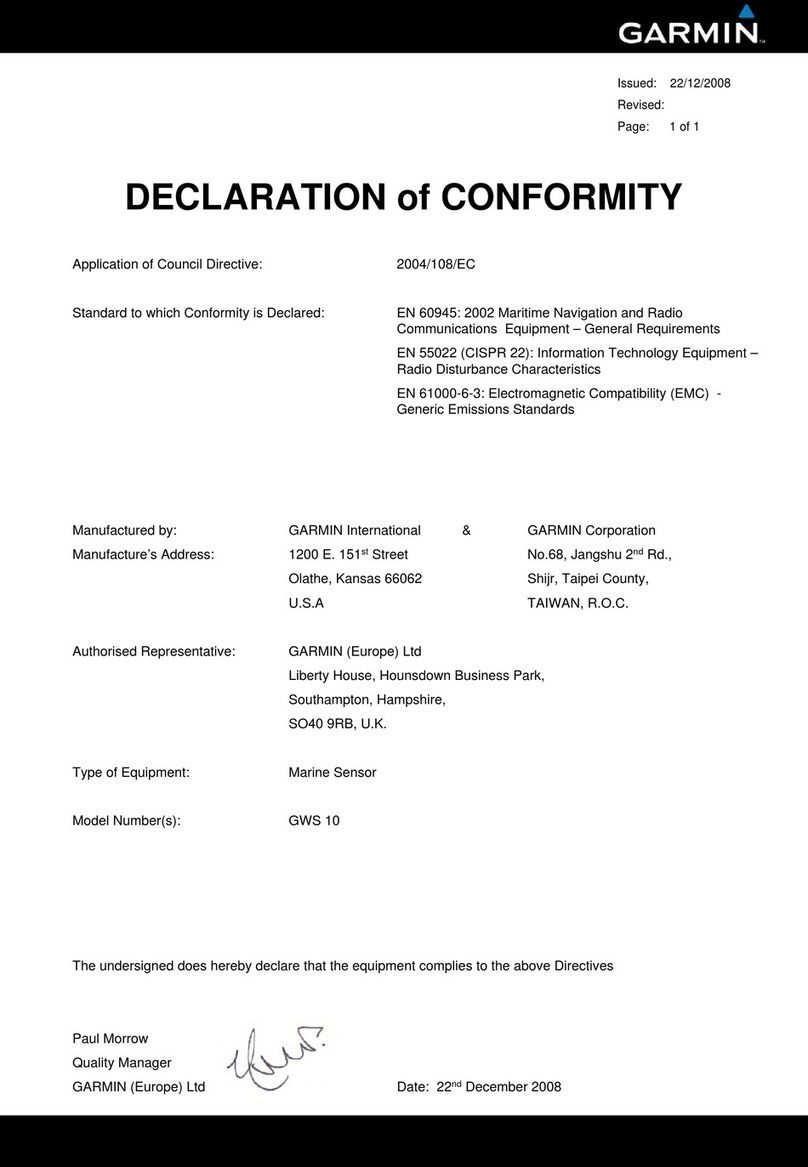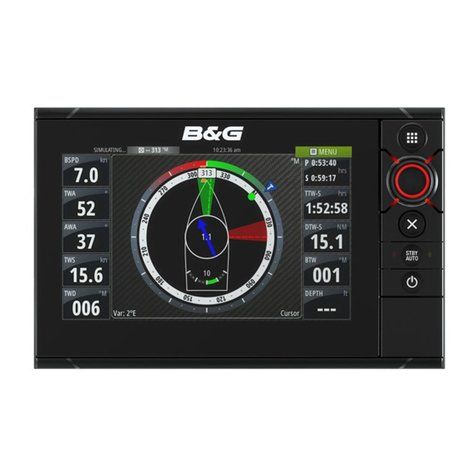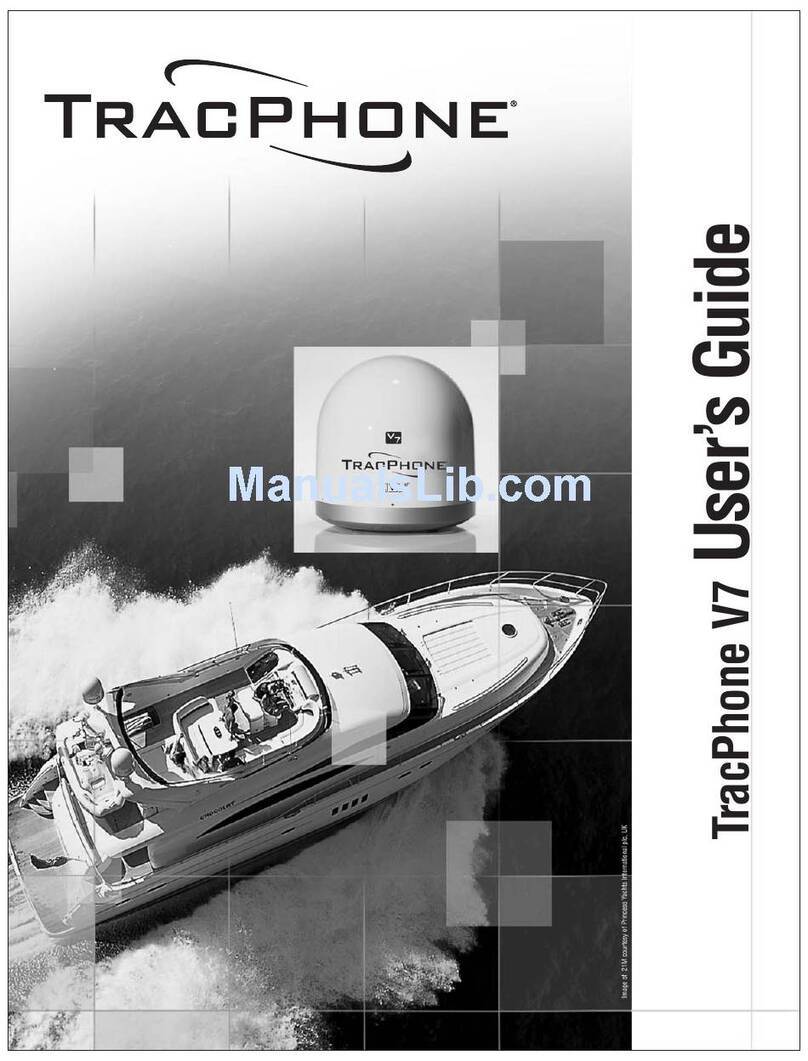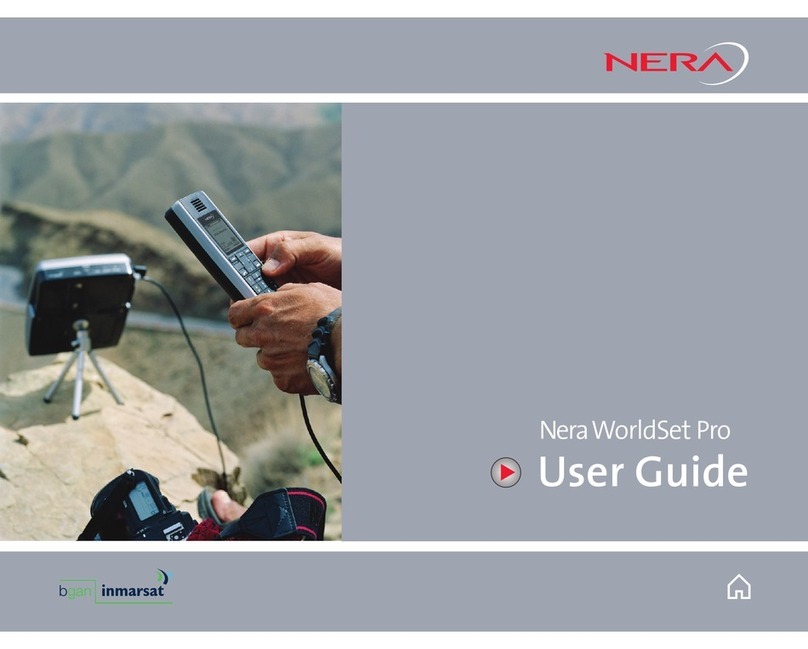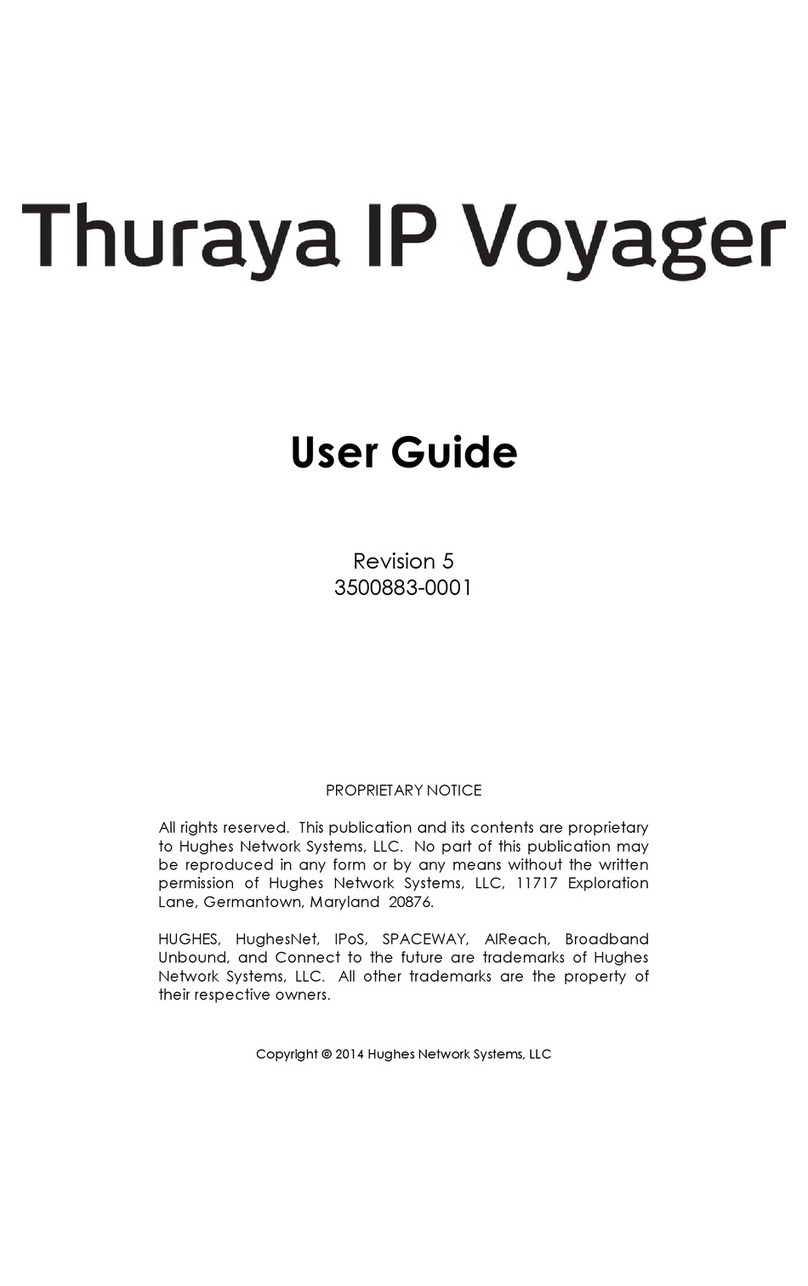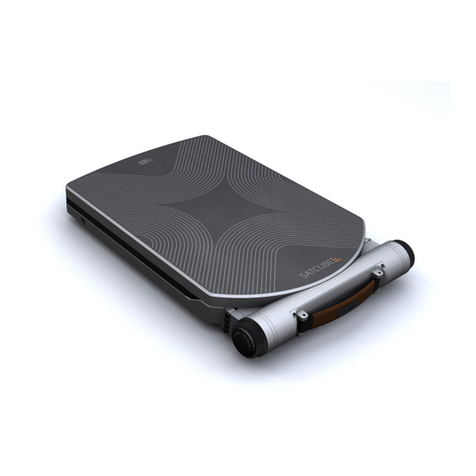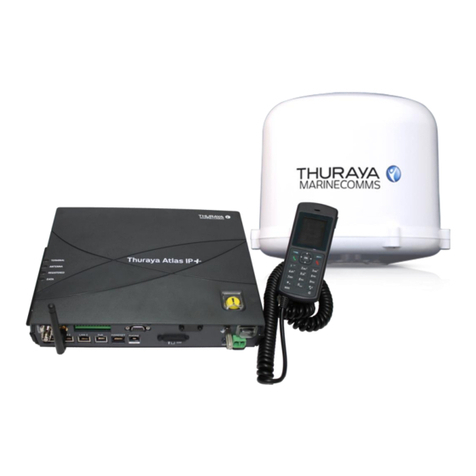
H3000 Pilot Handbook
5
HB-3001-03
Checking the Boat Lag .............................................................................. 71
Boat Lag Response .................................................................................... 71
Setting the Boat Lag Value ........................................................................ 72
Advanced Settings........................................................................................... 72
Speed Source ............................................................................................. 73
Automatic Response.................................................................................. 73
Recovery Mode............................................................................ ............ 74
Nav Source ................................................................................................ 75
Magnetic Dip Zone.................................................................................... 76
Pilot Speed Cal .......................................................................................... 77
Setting the Speed Calibration Value .......................................................... 78
Joystick Type ............................................................................................. 78
Boat Length ............................................................................................... 79
Rudder Max Angle..................................................................................... 79
Watch Alarm Lock..................................................................................... 79
INSTALLATION INFORMATION
Cable and Connection Information ................................................................. 80
General Wiring Notes ................................................................................ 80
Pilot Drive Unit Cables.............................................................................. 81
Network Installation........................................................................................ 82
Pilot Display Connections............................................................................... 84
ACP Unit Terminal Details ............................................................................. 85
Clutch Voltage Selection............................................................................ 86
DIP Switch Location.................................................................................. 87
ACP Wiring Connections ................................................................................ 88
Network & Alarm ...................................................................................... 88
Man Overboard Button & Hand-held Controller ...................................... 89
Remote Button & Joystick......................................................................... 90
Hydraulic Ram Drives............................................................................... 91
Rotary Drives............................................................................................. 92
Stern Drives ............................................................................................... 93
Proportional Solenoid................................................................................ 94
Continuous Drives ..................................................................................... 95
Linear Feedback ........................................................................................ 96
Halcyon 2000 Compass............................................................................. 97
Halcyon Gyro Stabilised Compass............................................................ 98
Direct Speed Input..................................................................................... 99
Direct Speed Input................................................................................... 100
Rotary Rudder Reference Sensor .................................................................. 101
Installation of RRF .................................................................................. 101
Typical System with Tiller Arm and Quadrant........................................ 102
